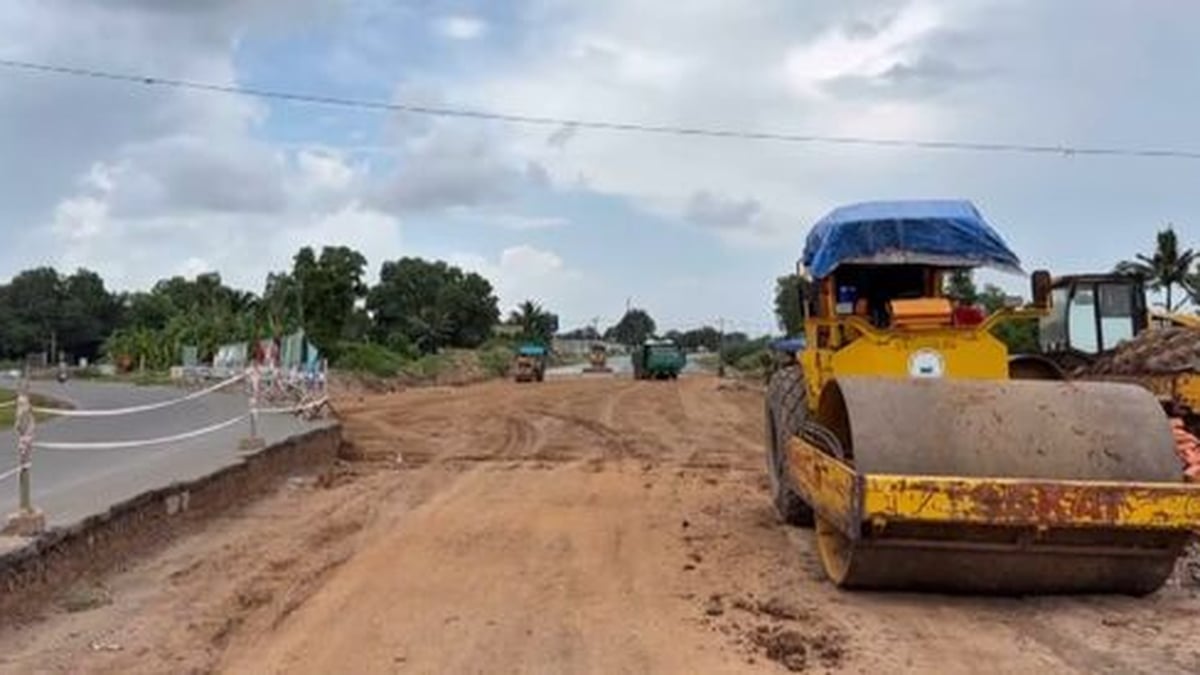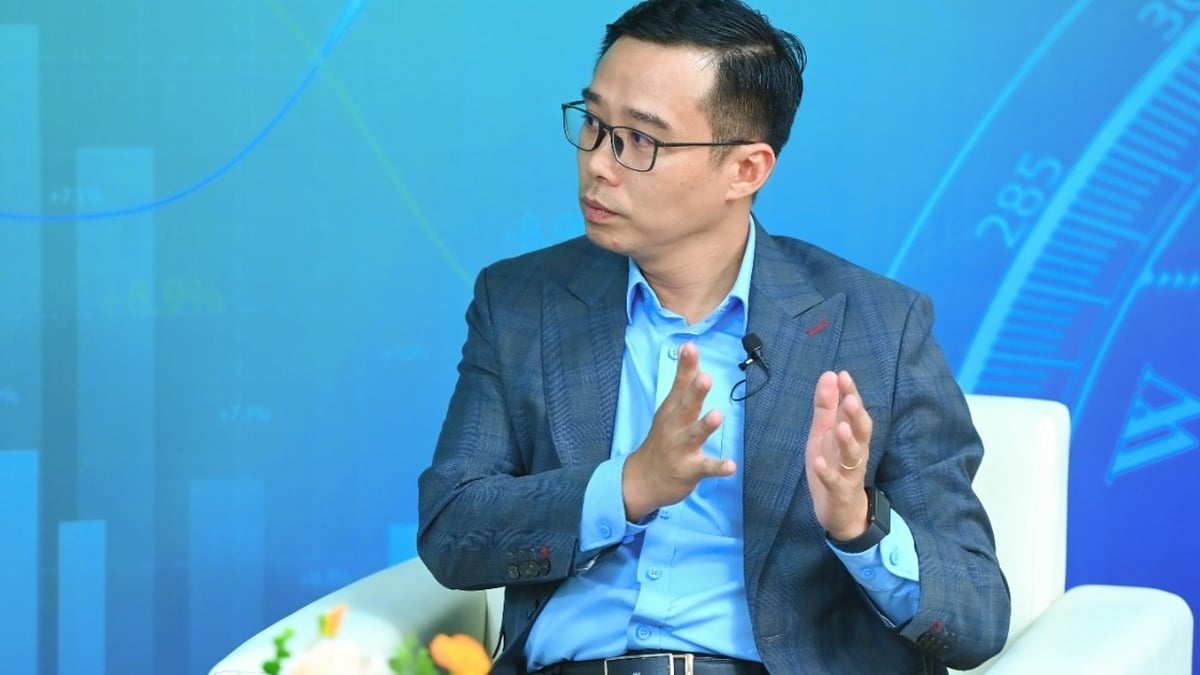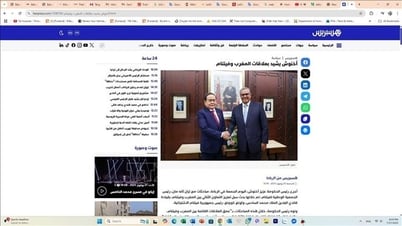Savings interest rates down, loan interest rates remain high
On June 19, the ceiling interest rate (LS) for deposits with terms of less than 6 months officially decreased from 5%/year to 4.75%/year. In this interest rate reduction, banks proactively adjusted the interest rate reduction from 0.1 - 0.5%/year before the effective date instead of waiting until the date to apply. Accordingly, VIB mobilized term interest rates from 2 - 5 months at 4.75%/year; 7 - 8 months at 7.3%/year; the highest interest rate was 7.5%/year for terms of 15 months or more. ABBANK mobilized term savings from 2 - 5 months at 4.75%/year; 6 - 7 months up to 7.5%/year; 10 - 12 months up to 7.6%/year; 15 - 60 months up to 7.9%/year. The special feature of this bank is that the 13-month term interest rate is up to 11.2%/year, applied to deposits of less than 1,500 billion VND. For deposits above this level, it is implemented according to ABBANK's regulations from time to time.

Lending rates need to fall faster so the economy can absorb cheap capital
Techcombank will officially apply a reduced interest rate from June 19 for terms of 1 - 5 months to 4.75%/year; from 6 months and up, the interest rate is 6.9%/year. On June 19, Sacombank also reduced the interest rate for 1-month savings to 4.5%/year; 2 months to 4.6%/year; 3 months to 4.7%/year; 4 - 5 months to 4.75%/year; 6 months at 6.4%/year; 12 months at 7%/year and the highest rate is 7.25%/year for a term of 36 months... The interest rate table for mobilizing savings in VND of banks is that for terms of 6 months and up, the interest rate increases sharply compared to terms under 6 months (maximum interest rate ceiling of 4.75%/year) from 2 - 3%/year.
Since the beginning of 2023, the State Bank of Vietnam (SBV) has adjusted the operating interest rates down 4 times with a total reduction of 0.5 - 2%/year. However, in the previous 3 times of reducing the operating interest rates, banks reduced lending interest rates in small increments. Lending interest rates for businesses are currently around 9 - 10%/year on average; individual customers borrowing for consumption and buying real estate have preferential interest rates in the first few months of 8 - 10%/year; the majority of the remaining loans fluctuate from 10 - 15%/year. The rate of reduction in lending interest rates has not kept up with mobilization. Therefore, with this reduction, the market is still skeptical.
Mobilization transformation, loan interest rate difficult to decrease
Dr. Nguyen Huu Huan, Head of the Finance Department of Ho Chi Minh City University of Economics, said that the reduction of operating interest rates is mostly for orientation and to expand short-term liquidity for the banking system. To reduce lending interest rates, it is necessary to wait for the synchronization of banks in medium and long-term liquidity. Currently, only large banks (big 4) have the conditions to reduce interest rates, including lending interest rates, while other banks are struggling to adjust interest rates, leading to having to work behind the scenes and circumventing the ceiling, which is quite common in the market. Therefore, the cost of capital is high, making it difficult to reduce lending interest rates.
That is the current situation in the market. Recently, Ms. NH (District 3, Ho Chi Minh City) received a message from an employee of Phuong Dong Bank inviting her to deposit 6 months of savings at an interest rate of 8.1%/year, not to mention depositing 1 billion VND and receiving an additional cash of 600,000 VND (equivalent to 0.06%). This is just one of the banks that give cash to customers in addition to high interest rates. There is a bank that deposits 50 million VND and gets a bonus of up to 900,000 VND. Another way to attract capital to "evade" high interest rates is for customers to deposit large amounts of money up to billions of VND, with a term of 6 months, with an interest rate of 8%/year. The interest arising from several hundred million VND from this savings book will be opened as a secondary savings book, with an interest rate equivalent to 8%/year. Thus, in reality, the interest rate that the bank pays to customers is higher than 8%/year, up to about 8.4%/year.
The situation of transferring savings books also occurs more often, thereby revealing banks that mobilize high interest rates. On a banking forum, a person in Hanoi posted a transfer of a savings book worth 1 billion VND, due on January 17, 2024 with an interest rate of 12.5%/year; a savings book worth 1 billion VND, due on January 16, 2024 with an interest rate of 11%/year. Normally, customers who deposit savings will be able to mortgage the book at the bank when they need money, the mortgage loan interest rate is equal to the mobilization interest rate plus a margin of 2-3% depending on the bank. However, in case the depositor does not want to borrow or the bank does not accept the mortgage of the savings book, the depositor can transfer the book to someone else. Especially now, savings interest rates are decreasing rapidly, so savings books with interest rates from 11 - 12.5%/year can negotiate a higher interest rate of 0.1 - 0.5%/year than the non-term interest rate that banks pay to depositors (around 5%).
The end of the second quarter and the beginning of the third quarter is also the time when high-interest deposits from the end of 2022 and the beginning of 2023 mature. It is predicted that banks will take actions to retain this source of deposits because the current savings interest rate level has decreased quite sharply, and cash flow is likely to shift to other channels.
Mr. Nguyen Huu Huan said that the State Bank has reduced refinancing interest rates, interbank interest rates have also decreased, but not all banks have access to cheap capital, leading to all kinds of evasive mobilization from outside. To reduce interest rates, Mr. Nguyen Huu Huan said that the story of corporate bonds needs to be resolved at some banks. Here, the authorities can allow the Asset Management Company of credit institutions (VAMC) to buy back corporate bonds from some banks with secured and safe assets... to then freeze and handle them.
Dr. Nguyen Duc Do, President of the Academy of Finance, commented that like the previous three times the operating interest rate went down, we should not expect too much that this time the interest rate will decrease deeply. It can only decrease gradually, depending on the situation of the banks, especially lending interest rates are unlikely to decrease quickly.
Dr. Nguyen Duc Do analyzed: The 2% interest rate support package is considered the strongest in the market so far, but it cannot be removed and loans cannot be accelerated, which is a pity in the context of customers needing cheap capital like now. Current loan interest rates need to be reduced further, because at 9-10%/year for the business sector and over 10% for individuals, it is difficult to stimulate demand in the market.
Source link


































































































Comment (0)